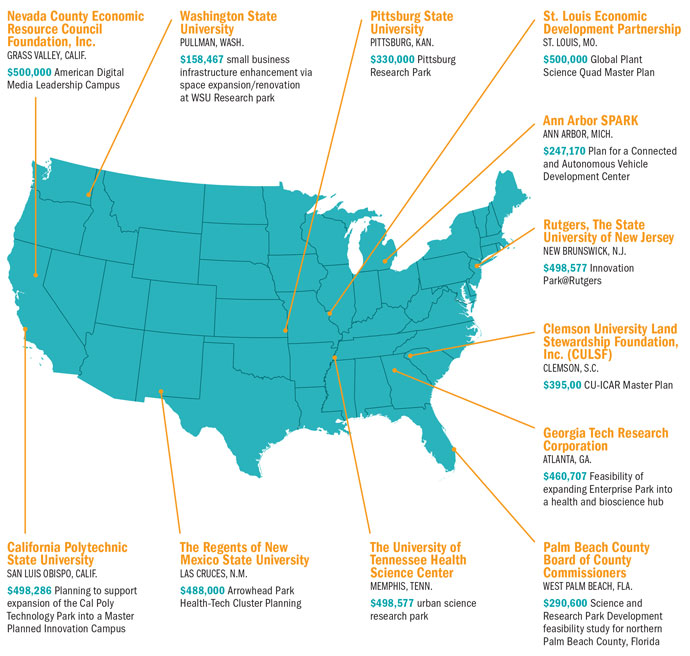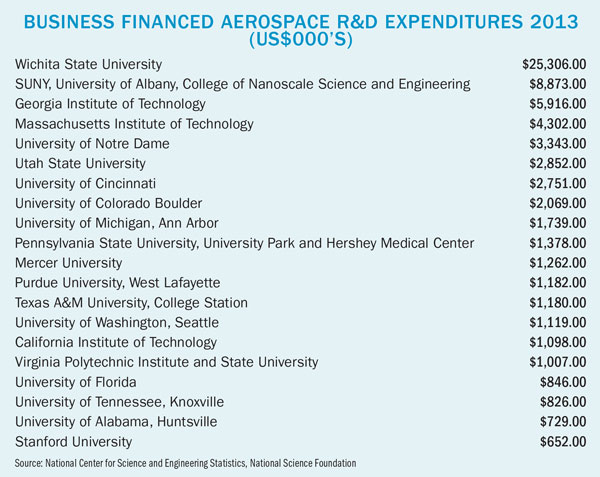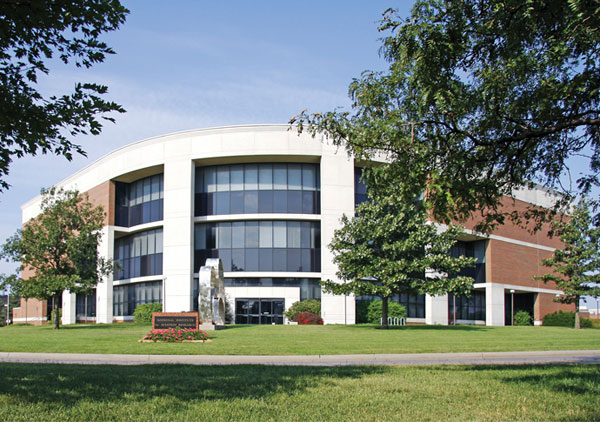Wichita State University reported in February 2015 that it ranks first among the nation’s universities in industry-funded aerospace engineering research and development expenditures for the fifth consecutive year, according to data from the National Science Foundation. A Higher Education Research and Development survey is compiled by the NSF’s National Center for Science and Engineering Statistics and lists information from all reporting universities from fiscal year 2013, when Wichita State reported $25 million in industry-funded aerospace R&D (see chart).


During this time, Wichita State also received $5 million from federal agencies like the Department of Defense, Federal Aviation Administration and NASA, and additional funding from the State of Kanas. Overall aerospace R&D funding for 2013 totaled $39 million, putting Wichita State in the No. 4 spot nationally.
“Our commitment to increasing industry partnerships shows in these latest numbers,” said Wichita State President John Bardo. “We’re doing everything we can to realize continued growth in the next few years.” For fiscal year 2014, Wichita State reported $39.7 million in aerospace R&D and $58.8 million in total R&D expenditures.
Wichita State’s strength in aerospace R&D is due to the efforts of the National Institute for Aviation Research. NIAR is the nation’s largest university-based aerospace R&D institute, specializing in computational design and analysis; and certification and testing for materials, full-scale components, coatings, impact, environmental and electromagnetic effects, human factors and aerodynamics.
Ground is breaking this summer on a new facility for Airbus and an Experiential Engineering Marker space building at Wichita State University’s new Innovation Campus now under development on 150 acres (61 ha.) formerly occupied by the university’s golf course. “The Innovation Campus is a new way for WSU to interact with industry and the community,” says Tracee Friess, director of communication, research and technology transfer, at Wichita State. “It is geared toward research, innovation, applied learning and industry interaction based on the model established by the university’s National Institute for Aviation Research.”
A more in-depth profile of the Innovation Campus will be the subject of the Kansas Spotlight in the November 2015 issue of Site Selection.

